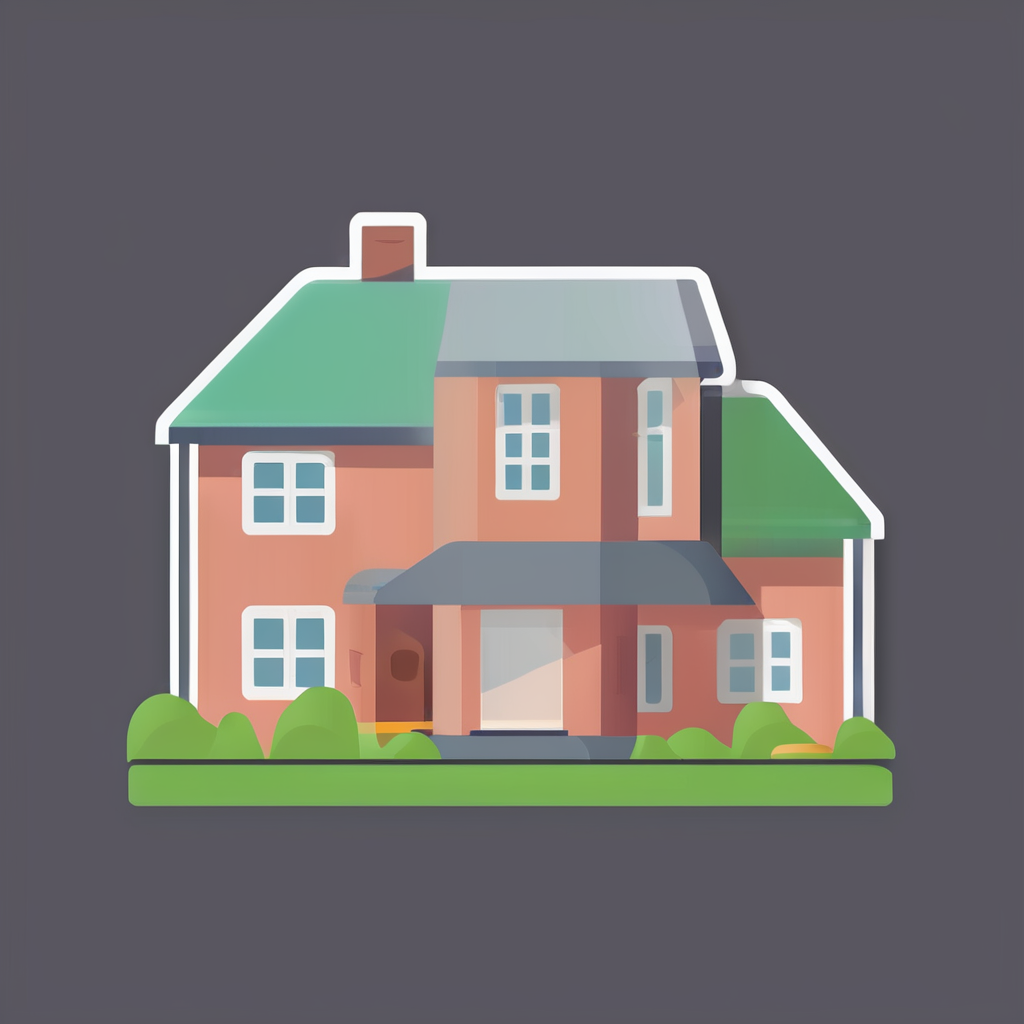Practical Home Upgrades with Everyday Items
Small, easy home upgrades can significantly enhance your living space using items you likely already have. For example, repurposing common household objects such as glass jars, wooden crates, or even fabric scraps brings fresh aesthetic appeal with minimal expense and effort. Incorporating these pieces into your decor aligns perfectly with practical DIY home improvements tailored for UK homes, where space and budgets may be limited.
Rearranging existing furniture is another straightforward strategy that improves room flow and space utilisation. Shifting sofas or tables to maximise natural light or create open walkways reduces clutter and makes rooms feel larger. This approach requires no new purchases and leverages furniture you already own, fitting well with basic UK household tips that prioritise smart, cost-free solutions.
Also read : Illuminate your space with stunning custom lighting solutions
Basic tools—like screwdrivers, hammers, or tape measures—found in most UK households empower you to tackle simple projects such as hanging shelves, fixing loose handles, or adjusting curtain rods. Their versatile uses make them invaluable for quick fixes and small upgrades, reinforcing the practicality of DIY home improvements without specialist equipment.
By focusing on resourceful ideas and simple actions, these practical home upgrades help create a more comfortable, organised, and visually appealing environment efficiently and affordably.
This might interest you : How Can You Optimize Your Home Equipment Usage for Greater Efficiency?
Quick Décor Refreshes for Any Room
Refreshing a room doesn’t require a full renovation; budget décor ideas can instantly uplift your space with minimal expense and effort. Soft furnishings like cushions, throws, and rugs introduce texture and colour, creating a cozy atmosphere that reflects your style. Swapping out these accessories seasonally can maintain freshness without large investments.
For renters, renter-friendly updates are essential to personalise without permanent alterations. Temporary wall art—such as peel-and-stick decals, lightweight framed prints, or washi tape designs—provides visual impact while remaining easy to remove. These solutions allow creativity without risking tenancy agreements.
Lighting profoundly affects room ambience. Affordable plug-in lighting, like LED string lights or stylish floor lamps, can enhance mood and functionality while avoiding complex electrical work. Such options complement your existing light fixtures and add warmth to any room makeover.
Combining simple soft furnishings, removable décor, and accessible lighting solutions equips you to achieve an attractive, personalised space efficiently and cost-effectively.
Space Optimisation Strategies for UK Homes
Maximizing small spaces is a critical consideration when adapting UK properties to meet modern living needs comfortably. Efficient home organisation starts with clever storage hacks that require minimal equipment. For example, installing wall-mounted shelving using basic tools like a screwdriver and a spirit level can instantly clear cluttered surfaces while utilizing vertical space—an often underused asset in compact rooms.
Multi-functional furniture plays a vital role in smart UK property solutions. Pieces such as storage ottomans, foldaway desks, or beds with underframe drawers combine usability and practicality, removing the need for excess furniture and enhancing floor space. Selecting these items transforms small rooms into adaptable living areas without sacrificing style or comfort.
Effective decluttering techniques further complement space optimisation. Begin by categorising belongings into essentials, donate, and discard piles, systematically reducing unnecessary items. Step-by-step guidance involves scheduling regular decluttering sessions and employing storage containers with labels to maintain order. This process not only streamlines the environment but supports sustained home organisation by preventing clutter build-up.
Together, these strategies empower residents to transform confined UK homes into functional, organised spaces, promoting both efficiency and well-being.
Essential Tools and Products for Minimalist Home Improvement
Choosing the right basic DIY tools UK is crucial for anyone starting home improvement projects without a full workshop. A starter home toolkit typically includes essentials that cover a range of common tasks: a reliable screwdriver set, a hammer, a tape measure, a spirit level, and a compact cordless drill if possible. These tools provide a solid foundation for small repairs, hanging shelves, or fitting new fixtures—making them versatile and cost-effective.
When sourcing materials and tools, affordability and accessibility matter, especially for UK homeowners on a budget. Many recommended products are available in high street shops such as B&Q, Homebase, and Wilko, as well as online retailers. These outlets offer starter toolkits and individual tools suitable for most basic tasks, often bundled at reasonable prices to support new DIYers. Prioritising tools from reputable brands ensures longevity and reliability, helping you avoid frequent replacements.
Additionally, low-cost materials like sealants, screws, and hooks can be found locally at garden centres or DIY stores, making ongoing projects easier to manage. Keeping your toolkit minimal yet effective equips you to tackle a broad range of home improvements quickly and confidently, all while fitting within typical UK housing needs and space constraints.
Tips for Renters and Novice DIYers
When tackling renter-friendly projects, prioritising safety and reversibility is key. Simple upgrades like removable wallpaper, tension rods for curtains, or adhesive hooks enhance your space without causing permanent alterations. This ensures compliance with tenancy agreements and makes moving out hassle-free. If uncertain about approvals, directly consulting your landlord or property manager can clarify which home improvement for beginners are permissible, avoiding potential disputes.
For novices venturing into easy DIY tasks, starting small helps build skills and confidence. Mistakes such as uneven paint application or improper measuring are common but easily corrected by careful preparation. Always keep essential tools handy and consult trusted online tutorials or manuals, which provide step-by-step guidance tailored to first-timers.
Seeking landlord approval, when necessary, is often straightforward with clear communication and presenting plans demonstrating the project’s non-invasive nature. Transparently discussing the benefits, like improved energy efficiency or aesthetics, may lead to faster consent.
By focusing on low-impact, reversible enhancements and using reliable resources, renters and beginners can successfully elevate their living environments without stress or extensive expertise.






